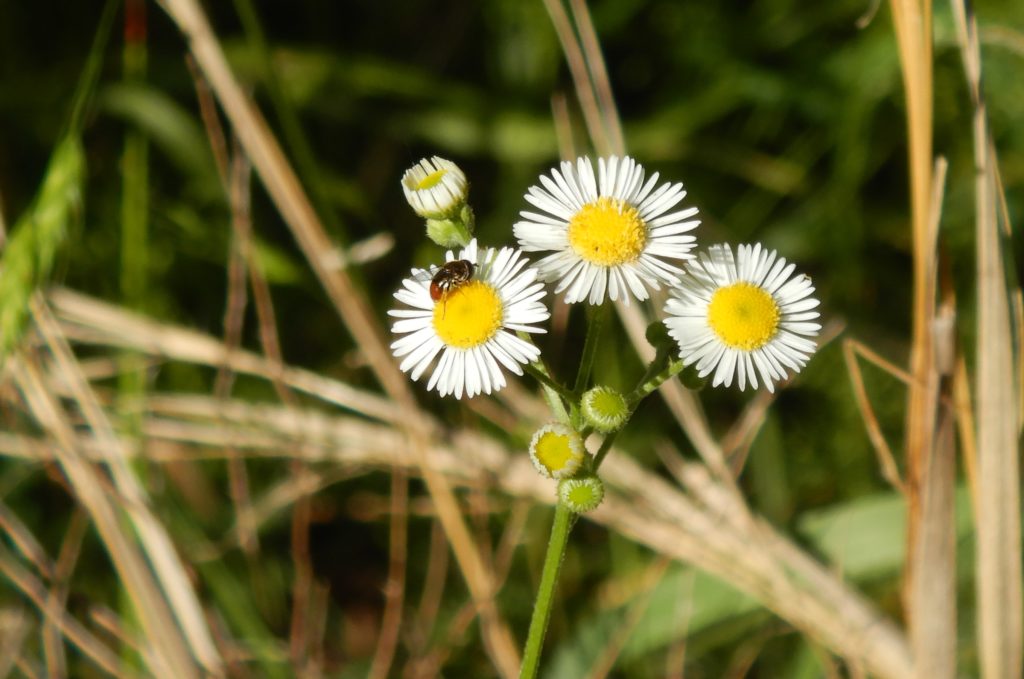I lead nature walks. There are lots of good things about nature walks, but all those good things are magnified when there is a bright and curious small child along.
It was one of those perfect walk days a few years ago, about this time of year, with clear warm weather and an abundance of wildflowers, birds, bugs, and butterflies to look at. The group was small (my favorite kind!) and we were all charmed by a three year old boy in our midst. He was curious and independent, and walked the whole way even though he was often up to his chin in vegetation. I can be overenthusiastic when I’m showing people something I think is beautiful, so sometimes my walks run a little over the allotted time, but this little guy stayed perky and enthusiastic the whole time, wading through the fields of wildflowers, grasses and vines and never complaining.
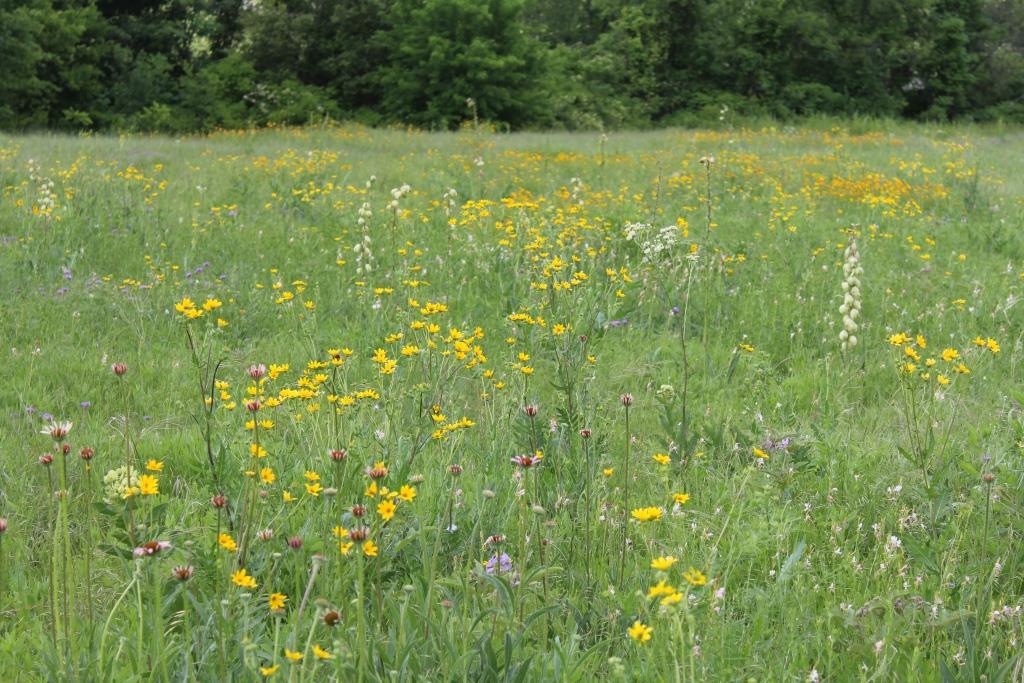
He loved the Sensitive Briar, whose leaves fold up quickly when touched. It made him giggle and jump up and down a little. He tried it more than once.
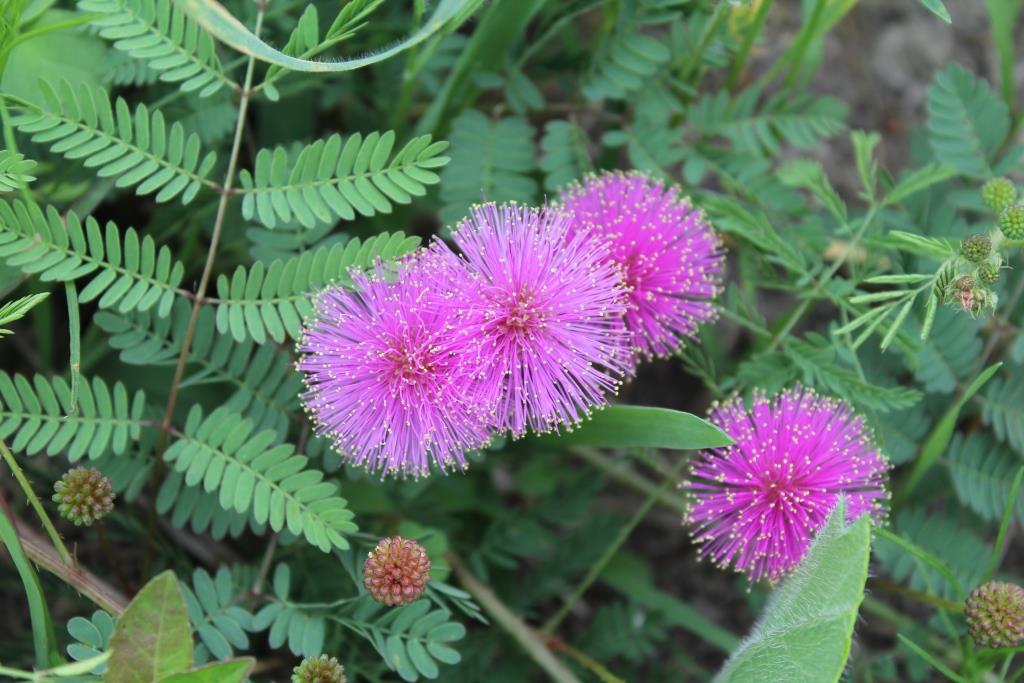
He marveled at the Monarch Butterfly and Monarch eggs we found on some Milkweeds, but he was a little creeped out by the stick insects.


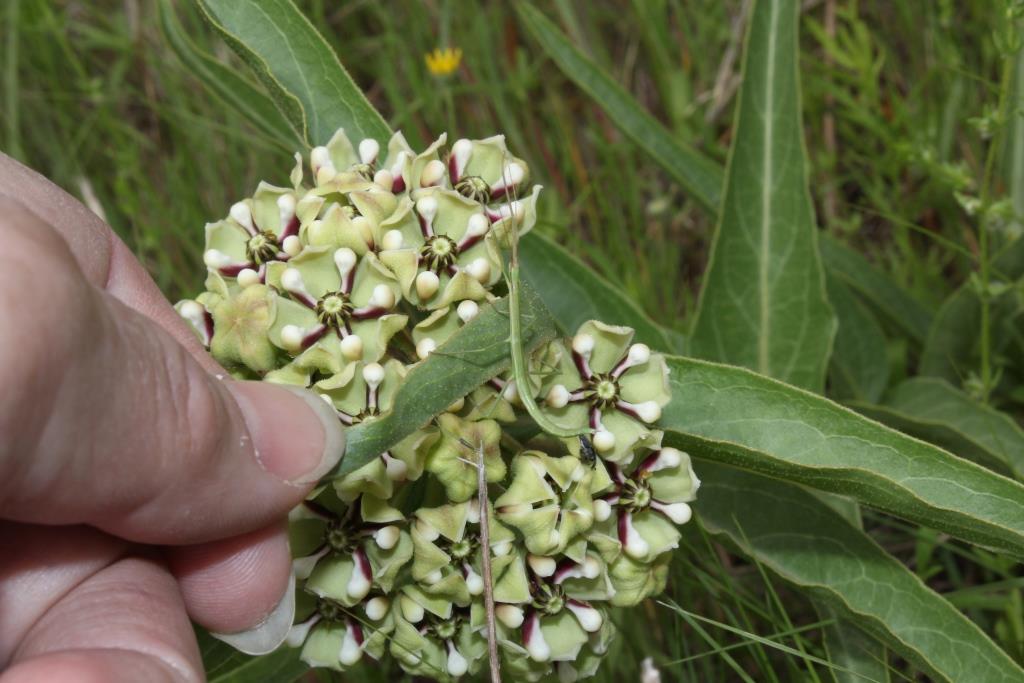
He whispered “Pretty!” to his mother when we came to a particularly beautiful Texas Paintbrush.

And so it was that he stole my heart. But then, something happened, and I upset him.
He asked: “What is the Eggplant?” I thought for a second, racking my brain to see if I had mentioned anything about an Eggplant. Perhaps something from the same family showed up and I mentioned them? There are some related plants out there. No. I hadn’t. Not this time.
Then I thought he meant, “What is the egg plant?” and he was referring to something we had looked at with insect eggs on it. We had looked at a couple things that could fit that description, with a couple different kinds of eggs. I pointed at a milkweed and asked, “That plant?”
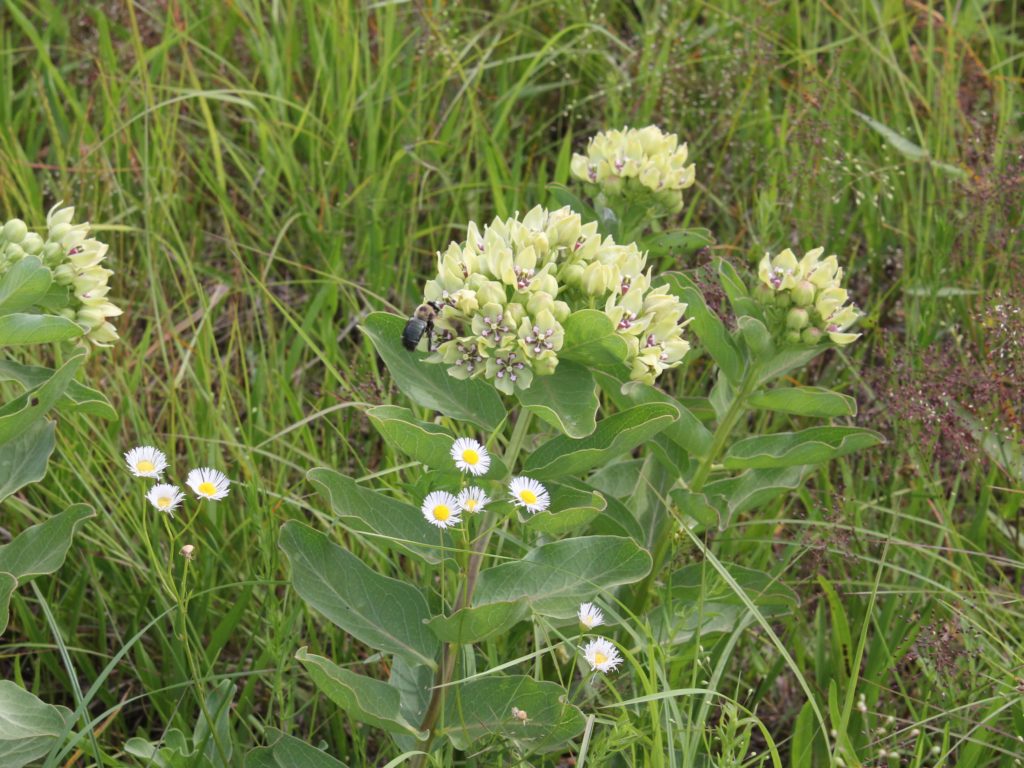
At this point, he started to show a little frustration and said “No! The plant with all the little eggs!” I really wanted to answer his question, but I just couldn’t quite pin down what he was asking for. I could see him getting more upset with his inability to make me understand. Just as I was wondering if we had passed a plant that had hanging fruits resembling eggs, he found the plant he had in mind and pointed at it.

There it was—an annual Daisy Fleabane—in all its glory with its face to the sun, sporting loads of white and yellow flowers like perfect tiny fried eggs, all sunny side up. How could I have missed the resemblance before? It took a tiny child to show me something new that day. When we look at the natural world through the eyes of a child, great wonders are everywhere.
